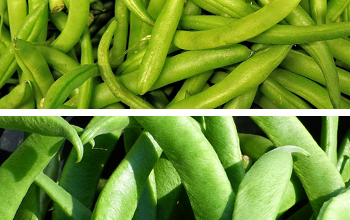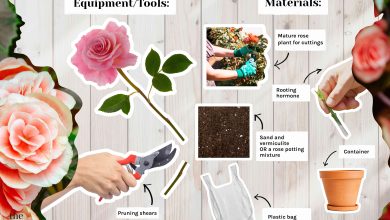Ecological management in the orchard of the School of Agronomists: Step by step
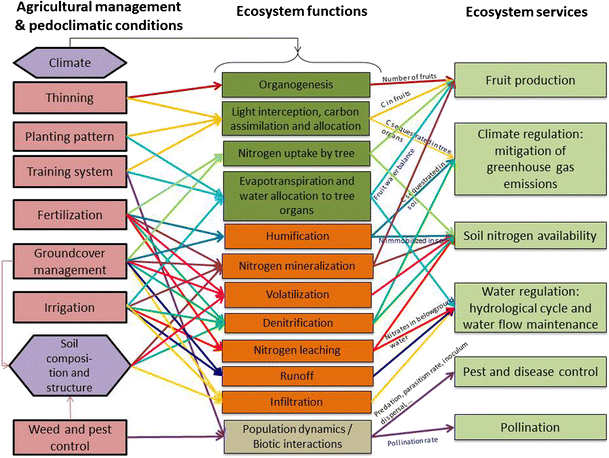
I suppose that after the article Organic garden in Agrónomos you will have an idea of what it is like and the type of agriculture that is practiced in this garden. In this post we are going to complete that information with some details of the ecological techniques that are used, just as we did in the article Ecological crop management in “ Sponsor a tomato ” for the orchards of Comillas (Cantabria, Spain).

planting in the garden
As I told you in the previous article, some of the vegetables that are grown in the garden are first planted in seedbeds and then transplanted to the terraces.
The seeds that are used are extracted from the orchard crops themselves, when possible, or purchased from organic seed producers (here is the link to a database of seed suppliers around the world: Seeds of organic production).

As you can see in the photo, to extract the seeds from the plants, a kind of paper «cone» is used that is placed around the floral stem (enclosing the flowers) to collect the seeds as they fall.
Some vegetables, such as garlic or potatoes, are planted directly in the terraces (these species are propagated by planting a portion of the plant with the capacity to originate a new individual). There are also others that are grown from seedlings purchased from external producers.
plantation irrigation
After sowing or planting in the terraces, it is very important to give an abundant irrigation, the plantation irrigation, so that the roots -in the event that there has been a transplant or seedling transplant- are well attached to the soil and recover the water that they have lost in the operation; and so that the seeds -if there has been direct sowing- are in a sufficiently humid medium and also well attached to the substrate.
Ecological management: crop rotation and association techniques
If you don’t know too much about them, you can take a look at the articles: Planning the garden: crop rotation and Association of crops in the garden: compatibility between plants.
We already talked about the rotations in the previous article, as for the associations I leave you the employees in the ecological garden of the School of Agronomists (I am sure that this can be of great help to you when planning yours):
- Associations based on species requirements. They are associated: Legumes + Cruciferae, Composite + Chenopodiaceae + Cucurbitaceae and Liliaceae + Umbelliferae.
- Association «Milpa» or pre- Columbian Association, used by the Aztecs. They are associated: Corn + Jewish (bean) + Pumpkin.
ground preparation
Once the vegetables from the previous campaign (Autumn-Winter or Spring-Summer) have been harvested, the remains of the crops are removed and the soil is conditioned through minimal tillage: it does not invert the natural structure of the soil layers but enough to loosen it and reduce compaction and the formation of crusts (weeder, chisel share, excavator fork…)
Fertilization or subscriber and maintenance of the substrate
After conditioning the soil, it is fertilized with compost or mature sheep manure from organic farming.
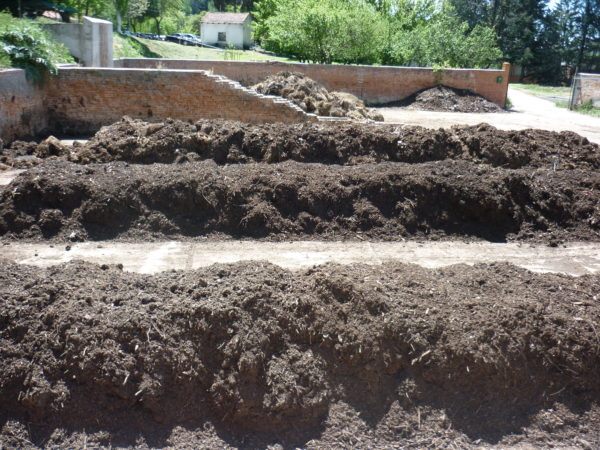
Compost from:
- The orchard itself: compost produced with the mixture of the remains of the crops previously chopped (grinder) and mixed with sheep litter with ecological management.
- Composting plant of the Practice Fields of the ETSIA
- Vermicomposting (to obtain a quality substrate for seedbeds, commercial vermicompost is mixed with ecological substrate).
Covers are used to maintain soil moisture and temperature until new crops are established, to prevent the appearance of unwanted spontaneous weeds, or to protect against erosion.
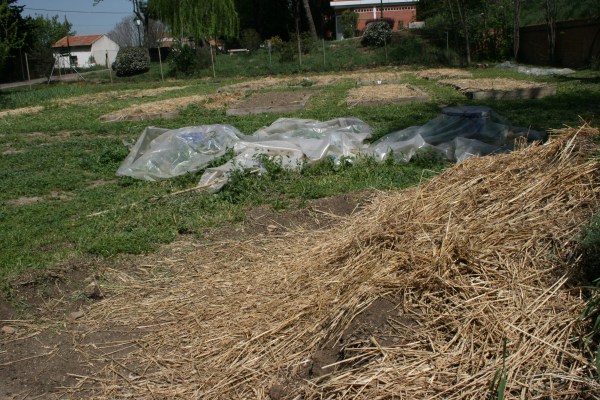
So far cardboard covers, straw covers and plastic covers (which are not removed during cultivation) have been tested.
Integrated pest and disease control
As always, the most important thing is preventive actions, which we have already talked about in other articles in the “Pests and Diseases” category.
If this has not been enough and pests or diseases endanger the crops, several methods are used to fight them:
natural enemies
- Chrysoperla carnea, polyphagous predator(feeds on various insect pests).
- Aphidius colemani, aphid parasitoid.
- Phytoseiulus persimilis and Ambliseyus californicus, red spider mite predators
- Apanteles glomeratus, parasitoid of the cabbage butterfly.
Treatments
- Potash soap and paraffin oil against aphids and mites.
- Horsetail and nettle slurry: against aphids and spider mites. Horsetail is also a broad-spectrum fungicide.
- Garlic solution: due to its antibiotic properties it is bactericidal and fungicidal. In addition, it repels mites and aphids.
- Mineral materials allowed in Organic Farming with sulfur (S, CuSO4, silica…) or copper, to prevent or control fungi or other enemies of the orchard.
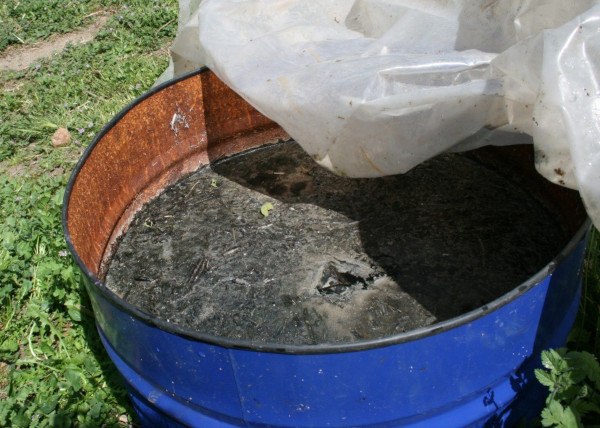
traps
- Empty beer bottles buried in the ground (only the «neck» of the bottle protrudes): the sound of the air passing through the mouth of the bottle is very annoying for rodents such as moles.
- Chromatic traps against aphids and whiteflies.
weed control
As we saw in the article Controlling weeds in the orchard, within ecological management several methods can be used to eliminate the excess of spontaneous weeds that do not compromise the growth of our crops.
Several of them are combined in the ecological garden of the School of Agronomists:
- manual removal
- Mechanical weeding (hoe, weed burner…).
- solarization
- biofumigation
- Use of plants incompatible with other species such as Salvia officinalis L.
I hope that knowing the practices that are carried out in this garden will help you to cultivate yours
We will keep posting about similar experiences!


![Photo of How to Save Tomato Seeds: [Procedure and Duration]](https://www.complete-gardening.com/wp-content/uploads/2022/08/how-to-save-tomato-seeds-procedure-and-duration-390x220.png)
